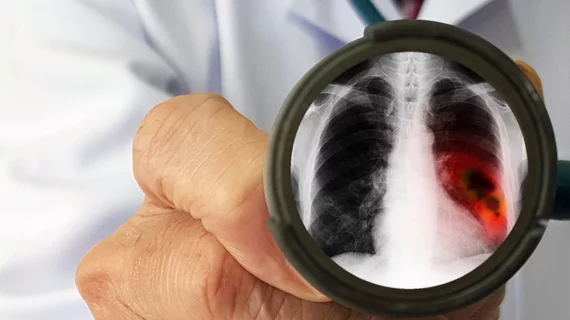4 radiologist-focused management strategies to promote follow-up care for incidental findings
Failing to close the care loop after locating incidental findings is a massive problem in radiology, which can lead to death and loss of reputation. Leadership strategies and metrics to address this problem are unclear, but a team with Boston University has pinpointed a few remedies.
Scouring studies from the past 17 years, experts from the institution’s school of medicine landed on four specific management tactics to promote follow-up care. Their findings, published Wednesday in JACR, provide a roadmap for leaders looking to systematically tackle this challenge.
“Radiologist-focused interventions were considered critical to improving [incidental findings] follow-up,” Erika Crable, with the Evans Center for Implementation and Improvement Sciences at BU, and colleagues wrote Dec. 2. “We encourage health systems to implement strategies to improve the management of IFs and study their outcomes so that evidence-based best practices may be identified and promulgated,” they added later.
All told, the analysis identified 15 studies, published between 2003 and this year, that met the inclusion criteria. Distilling their findings down, Crable et al. offered up these suggestions:
1) Physical or verbal guideline reminders prompting radiologists or ordering clinicians to follow guideline-recommended care.
2) Electronic guideline references embedded within radiology reporting and communication systems to provide rads easy access to guidelines and follow-up recommendations.
3) Enhanced radiology templates that are automatically embedded into the radiology report to alter the physician’s follow-up recommendations.
4) Restructured clinical and communication pathways, such as using an electronic messaging system to notify nurse specialists when incidental findings are identified.
None of the studies evaluated radiologists’ preferences or experiences with these strategies, Crable and colleagues noted. Future analyses could explore why physicians fail to follow guidelines, and “how management strategies can be optimized to address the needs of practitioners and patients.”
“Recommended metrics include clinicians’ satisfaction with IF management strategies, such as perceived acceptability, appropriateness, and feasibility,” they advised. “These outcomes could yield explanatory insights when measured in concert with fidelity to the implementation strategy. Additionally, patient satisfaction is important as it impacts compliance with recommended care,” they added.
You can read much more on their findings in the Journal of the American College of Radiology here.

